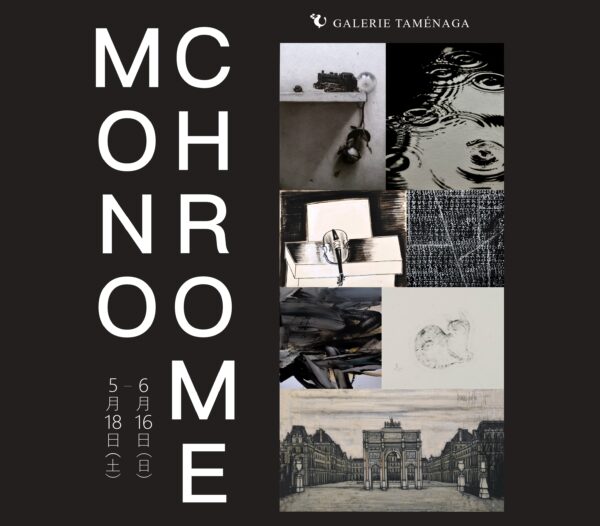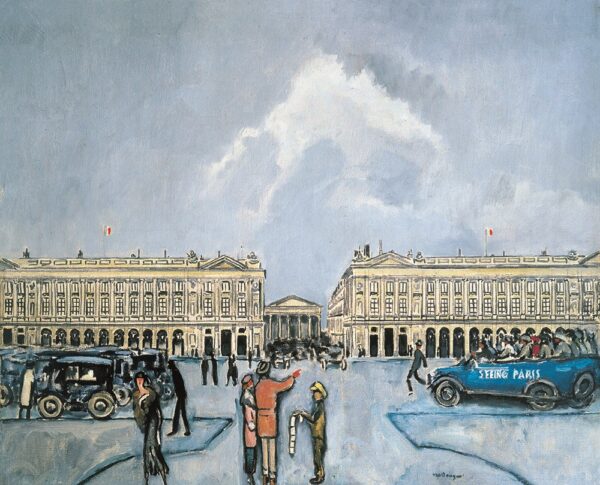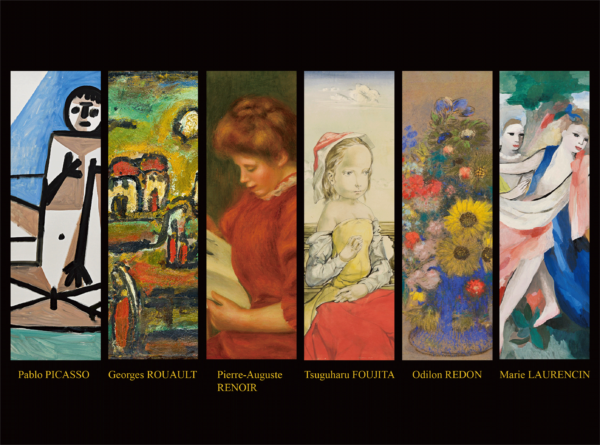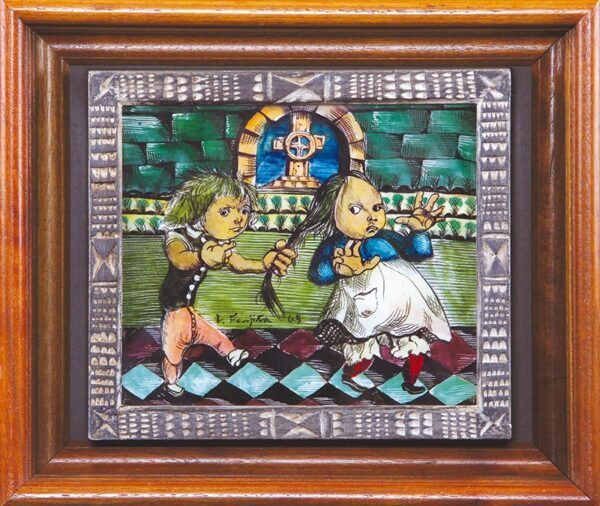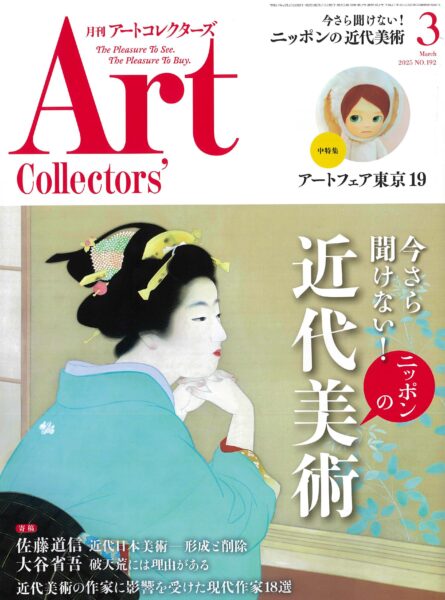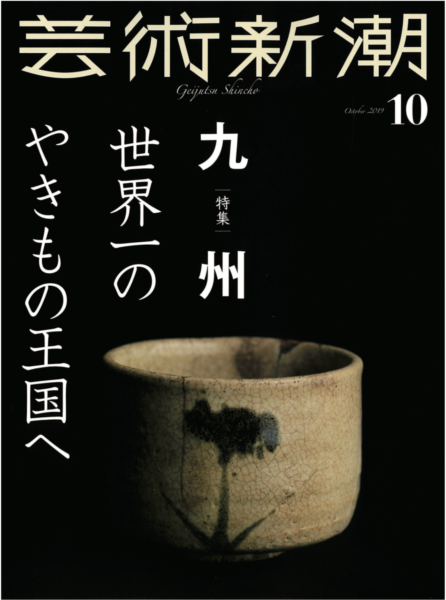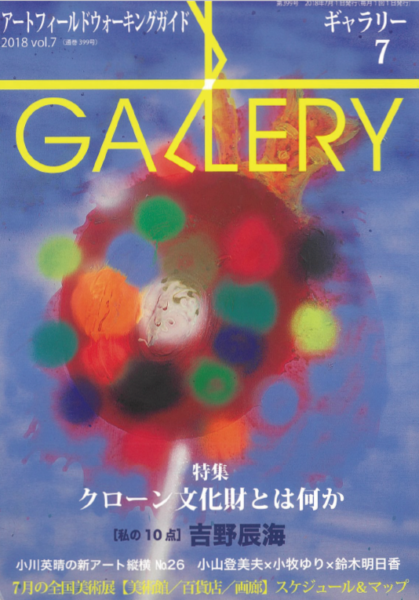Léonard Tsuguharu Foujita
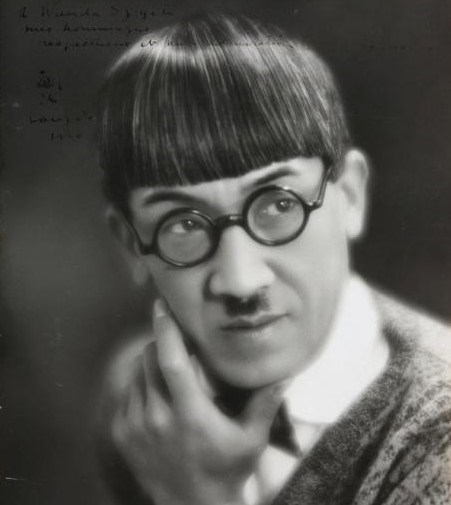
Léonard Tsuguharu Foujita (1886–1968) was a Franco-Japanese painter who became one of the most distinctive figures of the École de Paris. After studying Western-style painting at the Tokyo School of Fine Arts—under the influence of French academicism and plein-air painting—he left for Paris in 1913. Immersed in the vibrant avant-garde atmosphere of Montparnasse, Foujita quickly formed friendships with artists such as Modigliani, Soutine, Brancusi, and Picasso, and developed a singular style blending Japanese ink painting with European modernism.
Fascinated by classical antiquity and the works of Michelangelo, Foujita also worked as a copyist at the Louvre, drawing inspiration from Greek statuary and Renaissance masters. From 1921, he began producing the works that would define his reputation—sensuous, ethereal nudes outlined in delicate ink, rendered on a milky white ground he famously perfected, known as grand fond blanc. This technique, evoking Japanese paper and ivory painting, became his hallmark.
The 1920s marked the height of his fame. Foujita, with his signature straight-cut fringe and round glasses, became a symbol of the Roaring Twenties. Accompanied by his muse Yuki, he was a fixture in artistic and social circles. His 1922 Reclining Nude with Toile de Jouy caused a sensation at the Salon d’Automne, and his subsequent solo exhibitions confirmed his stature as a leading artist of his time. In 1925, he was named Chevalier of the Légion d’Honneur.
After periods of travel and political controversy in Japan—where he was appointed official painter of the Great East Asian War in 1940—Foujita returned to France in 1950. He became a French citizen in 1955, converted to Catholicism in 1959, and adopted the name Léonard in homage to Leonardo da Vinci. His final major work was the Chapelle Notre-Dame-de-la-Paix in Reims (1965–66), where he is now buried.
Foujita also played a meaningful role in the early years of Kiyoshi Taménaga’s career. When Kiyoshi Taménaga arrived in Paris in the late 50s, he had the rare opportunity to meet the celebrated artist. Despite the difference in age and stature, the two formed a warm friendship—united by their shared passion for painting and their Japanese roots in a foreign land. They often met for lunch in Montparnasse, where they would speak at length about art. For Kiyoshi Taménaga, these moments remained among his most cherished memories of those formative years in Paris.
Today, Foujita’s works are held in major museum collections worldwide, including the Metropolitan Museum of Art, the Musée d’Art Moderne de la Ville de Paris, and the National Museum of Modern Art, Kyoto.


